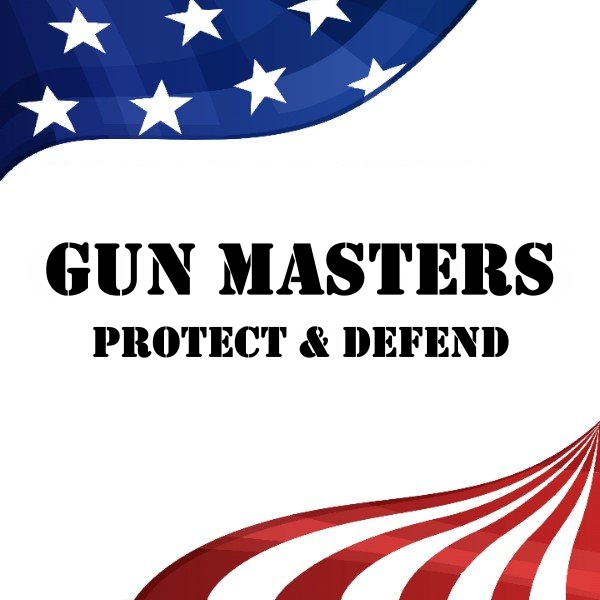
free shipping orders over $25
We’re having a 15% off sale on all our products. Enter your email below to be notified about future sales.


Pepper spray is a widely used self-defense tool designed to incapacitate an attacker temporarily. Its active ingredient, capsaicin, is derived from chili peppers and is responsible for the intense burning sensation it causes upon contact. Capsaicin is suspended in a liquid solution and delivered through a pressurized canister, making it easy to deploy in emergencies. When sprayed, the substance targets the eyes, respiratory system, and skin, causing immediate discomfort and disorientation.
The effects of pepper spray include intense burning in the eyes, temporary blindness, difficulty breathing, coughing, and skin irritation. These symptoms typically last between 15 to 45 minutes, giving the user enough time to escape and seek help. Pepper spray is effective because it overwhelms the senses, making it difficult for an attacker to continue their actions. However, it is non-lethal and designed to minimize long-term harm, making it a popular choice for personal safety.
Understanding how pepper spray works is crucial for using it effectively. By knowing its effects and limitations, users can deploy it confidently in self-defense situations while minimizing risks to themselves and others.
Before purchasing or carrying pepper spray, it’s essential to understand the legal regulations surrounding its use. Laws regarding pepper spray vary significantly by region, and failing to comply with them can result in fines or legal trouble. In some areas, pepper spray is classified as a weapon, while in others, it is considered a self-defense tool with minimal restrictions.
For example, certain states or countries may require permits to carry pepper spray, while others impose age restrictions, typically requiring users to be 18 years or older. Some jurisdictions limit the size or concentration of pepper spray canisters, and others prohibit its use in specific settings, such as schools or public transportation. Additionally, using pepper spray offensively rather than defensively can lead to criminal charges.
To ensure compliance, research local laws thoroughly before purchasing pepper spray. Check government websites or consult local law enforcement for accurate information. If traveling, be aware that regulations may differ in your destination, and carrying pepper spray across borders could be prohibited.
By understanding the legal framework, you can carry pepper spray responsibly and avoid unintended consequences. Always prioritize lawful use and remember that pepper spray is intended solely for self-defense.
Selecting the right pepper spray is critical to ensuring its effectiveness in a self-defense situation. There are several types of pepper spray available, each with unique advantages and disadvantages:
When choosing pepper spray, consider factors such as size, range, and safety features. Compact canisters are convenient for everyday carry, while larger ones may offer extended range and capacity. Look for products with safety mechanisms, such as flip-top caps, to prevent accidental discharge.
Trusted brands like Sabre, Mace, and Fox Labs are known for their reliability and effectiveness. Reading reviews and consulting experts can help you make an informed decision. Ultimately, the best pepper spray is one that aligns with your lifestyle, comfort level, and intended use.
Properly carrying and storing pepper spray is essential to ensure its effectiveness and prevent accidents. Many people choose to carry pepper spray on a keychain, in a holster, or inside a purse for easy access. Regardless of the method, the canister should always be positioned for quick deployment in emergencies.
When carrying pepper spray, avoid placing it in hard-to-reach areas, such as the bottom of a bag. Instead, keep it in a designated pocket or compartment where it can be retrieved quickly. If using a holster, ensure it is securely attached to your belt or clothing.
Storage is equally important. Pepper spray should be kept in a cool, dry place away from direct sunlight and extreme temperatures, as these can degrade the product’s effectiveness. Avoid storing it near flammable materials or in areas accessible to children. Regularly check the expiration date and replace the canister as needed to ensure optimal performance.
By following these best practices, you can carry and store pepper spray safely, reducing the risk of accidental discharge and ensuring it is ready for use when needed.
Using pepper spray effectively requires proper technique and situational awareness. Follow these steps to maximize accuracy and safety:
Practicing these steps with an inert training spray can help build confidence and muscle memory. Remember, the goal is to incapacitate the attacker long enough to escape and seek help.
While pepper spray is a valuable self-defense tool, it comes with risks that must be managed. Accidental exposure can cause discomfort and disorientation, so it’s important to handle the product carefully. Avoid pointing the nozzle at yourself or others unless in a self-defense situation.
If you or someone else is accidentally sprayed, rinse the affected area with cold water and avoid rubbing the skin or eyes. Milk or saline solution can help neutralize the burning sensation. Seek medical attention if symptoms persist.
Testing your pepper spray periodically ensures it is functional and familiarizes you with its operation. However, always test outdoors in a well-ventilated area to minimize exposure.
By taking these precautions, you can use pepper spray safely and effectively while reducing the risk of unintended harm.
After deploying pepper spray, your priority should be to move to safety and contact authorities. Call 911 to report the incident and provide details about the attacker’s appearance, location, and actions. If possible, remain in a secure area until help arrives.
Legal and medical considerations may follow. Be prepared to explain your actions to law enforcement and provide evidence that the use of pepper spray was justified. If the attacker requires medical attention, cooperate with authorities while protecting your rights.
Using pepper spray can be emotionally and psychologically taxing. Consider seeking support from friends, family, or a counselor to process the experience. Self-defense situations are stressful, but taking proactive steps can help you recover and regain confidence.
Regular training and practice are essential for effective use of pepper spray. Inert training sprays, which mimic the functionality of real pepper spray without the active ingredient, allow users to practice aiming and deploying in a safe environment.
Self-defense classes or workshops often include pepper spray training, teaching techniques for situational awareness, quick access, and proper deployment. These sessions can help build confidence and prepare you for emergencies.
Consistency is key. Practicing regularly ensures you remain familiar with your pepper spray and can use it effectively under stress. Confidence and readiness are critical in self-defense situations, and training is the best way to achieve them.
While pepper spray is a popular choice, there are other non-lethal self-defense tools to consider. Personal alarms, for example, emit loud sounds to deter attackers and attract attention. Stun guns deliver an electric shock to incapacitate an assailant temporarily, while tactical flashlights can disorient attackers with bright light.
Each tool has its pros and cons. Pepper spray is effective at a distance, while stun guns require close contact. Personal alarms are easy to use but may not physically incapacitate an attacker. Choose the tool that best fits your needs, comfort level, and lifestyle.
Ultimately, the goal is to enhance your personal safety. Whether you choose pepper spray or an alternative, ensure you are familiar with its operation and legal considerations.